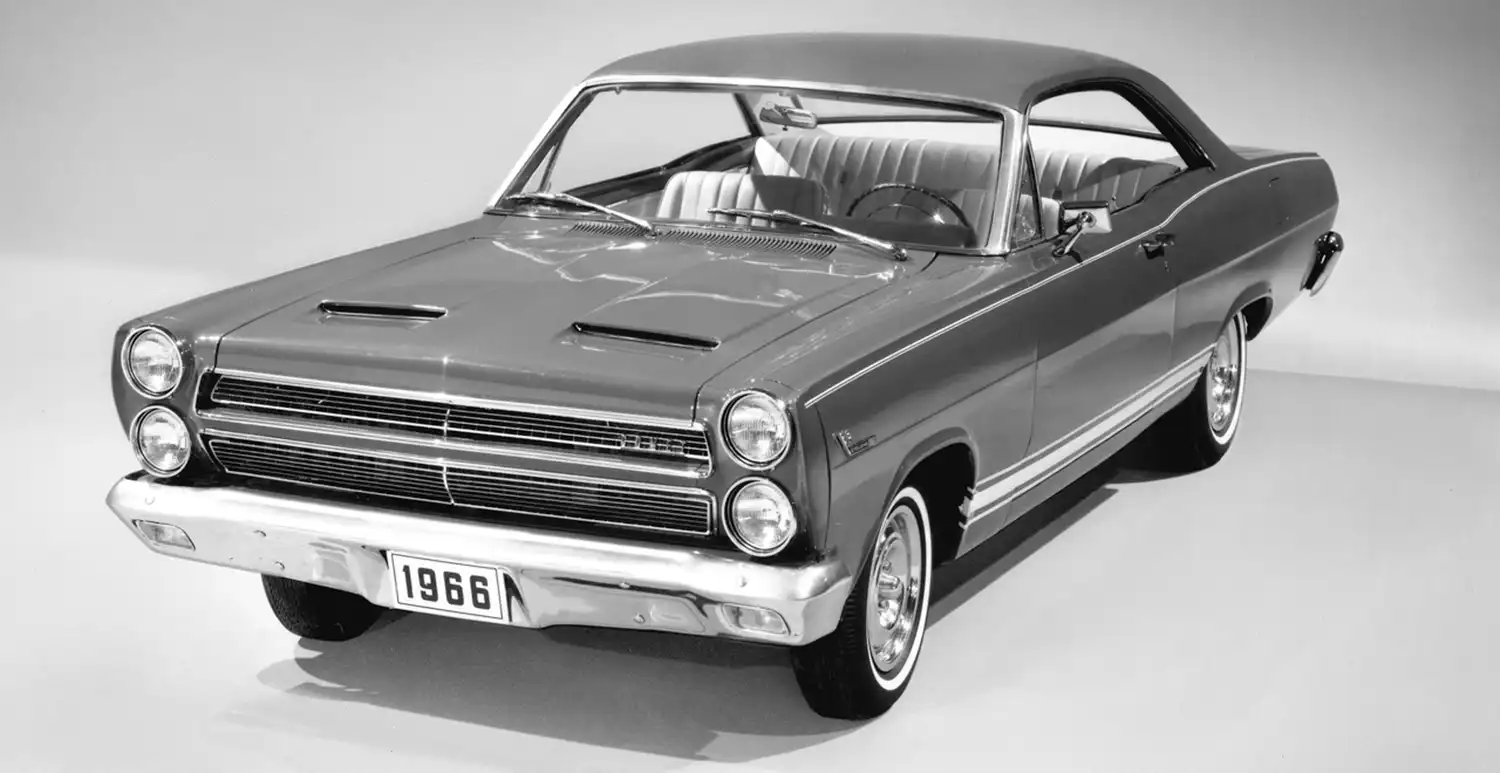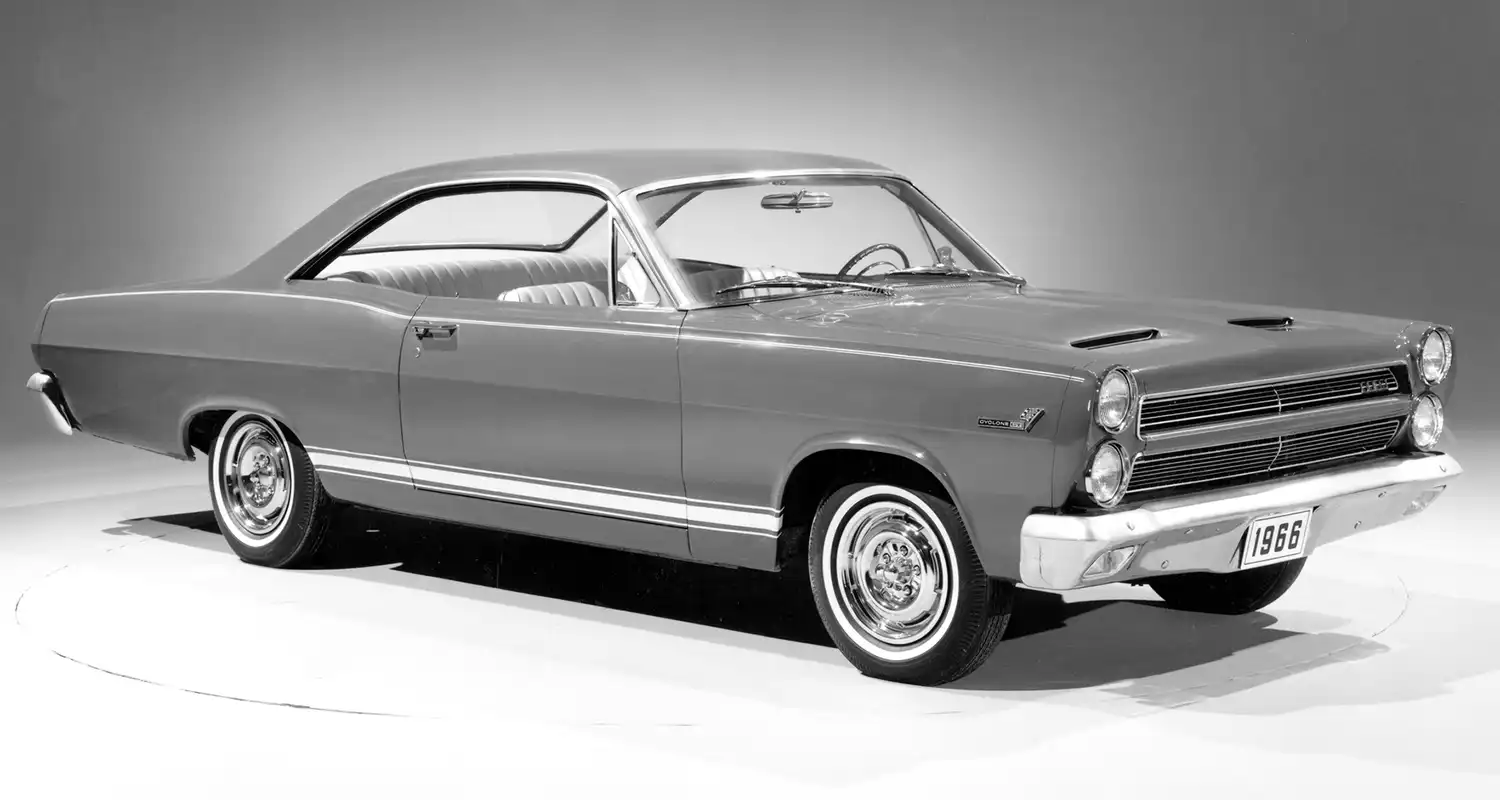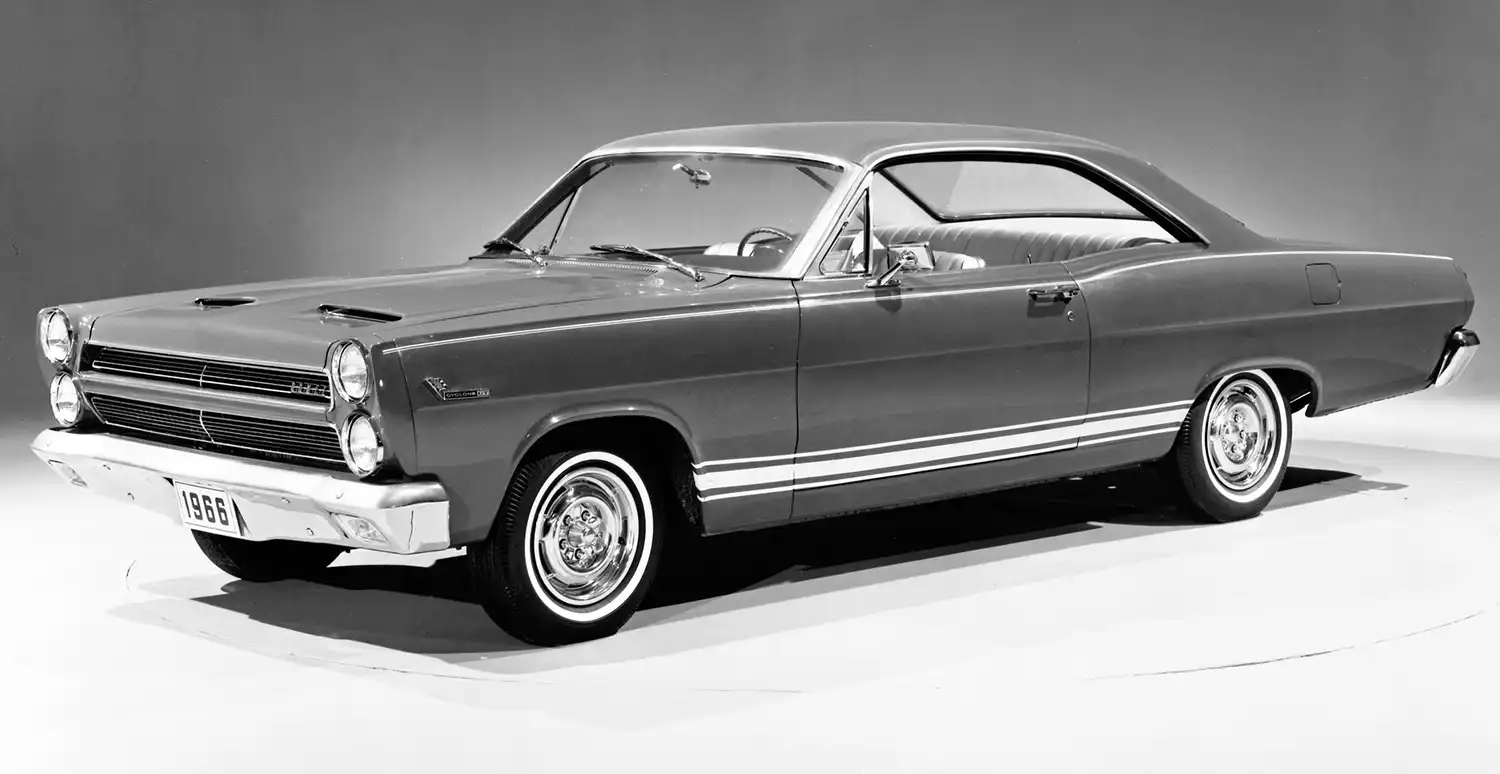
Step back into the golden era of American muscle. Here, raw power met distinctive style. The 1966 Mercury Comet Cyclone GT truly captures this spirit. It was a formidable force on the road. This iconic car defined an exciting automotive period. Join us as we explore its rich history and enduring legacy.
A New Era for Comet
The Mercury Comet underwent a big change. For 1966, it grew significantly. It moved from a compact to an intermediate size. The new body had sculptured sides. This fresh look ran the entire car’s length. It shared its platform with the Ford Fairlane.
Redefining the Lineup
This redesign brought new ambition. Mercury aimed for a stronger market presence. The Comet line expanded to include new series. This included the Comet 202 and Capri. The Caliente also remained. The Cyclone stood as a performance leader.
The Birth of the GT
The 1966 model year saw a special arrival. The top-of-the-line was the Cyclone GT. This variant pushed performance further. It had unique visual distinctions. Lower body stripes marked its sporty nature. A fiberglass hood featured twin air scoops. This truly announced its aggressive intent.
Interior Touches of Performance
Inside, the Cyclone GT felt purpose-built. The dashboard was blacked out. This created a serious, driver-focused environment. A full-length console added a sporty feel. Bucket seats were standard. They provided firm support during spirited driving. Chromed wheels completed the package.
Power and Performance Heart
Under the aggressive hood lay serious muscle. The 1966 Mercury Comet Cyclone GT received a potent engine. It came standard with a 390 cubic inch “FE” V-8. This powerful engine delivered 335 horsepower. No other engine was available for the GT. Dual exhausts accented its deep breathing.

Driving Dynamics and Speed
This engine propelled the GT with authority. Car and Driver magazine tested one. They recorded a quarter-mile run of 13.98 seconds. The trap speed was 103.8 MPH. These were strong numbers for its time. It proved the GT’s competitive capability.
Transmission Choices
Drivers had solid transmission choices. A heavy-duty 3-speed manual was standard. This offered full synchronization. An optional 4-speed manual was also available. Furthermore, the Sport Shift Merc-O-Matic automatic transmission existed. This allowed for manual control of shift points.
Design that Demanded Attention
The 1966 Cyclone GT boasted aggressive styling. Its sharp lines conveyed motion. The front end featured stacked quad headlights. This was a popular design trend. A distinctive horizontal bar grille completed the look. These elements contributed to its muscular presence.
The Hardtop’s Unique Charm
The hardtop coupe version was especially sleek. It lacked a B-pillar. This created an open, airy feel when windows were down. It offered a convertible-like sensation. Yet, it maintained the structural rigidity of a fixed roof. This design remains highly sought after.
Racing Heritage and Iconic Status
The Mercury Comet line had a reputation for durability. In 1966, a significant honor arrived. A 1966 Mercury Comet Cyclone GT convertible became the Indianapolis 500 pace car. This event cemented its place in automotive history. It showcased Mercury’s engineering prowess.
Competing with Giants
The Cyclone GT faced stiff competition. Rivals like the Pontiac GTO were prevalent. Chevrolet Chevelle SS and Plymouth GTX also vied for attention. Despite this, the Cyclone GT carved its own niche. Its blend of power and unique styling made it stand out. It remains a celebrated classic today.
Summary
The 1966 Mercury Comet Cyclone GT is a true muscle car icon. Its significant restyling, powerful 390 V-8 engine, and prestigious Indy 500 pace car role define its legacy. This car represents a pivotal moment in Mercury’s performance history, blending aggressive looks with serious capabilities, making it a beloved classic.
Disclaimer: This article provides general historical information about a specific vintage vehicle and is not an offer for sale or professional automotive advice.
Source: Ford Heritage Vault
